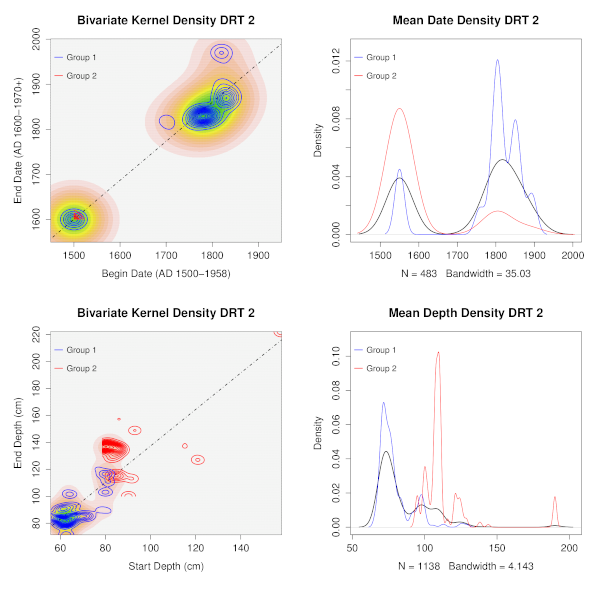J. Scott Cardinal
cardinal.scott@gmail.com
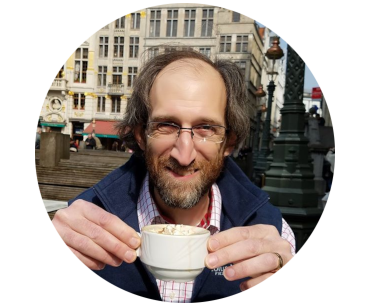
I'm a professional archaeologist turned data scientist. Much of my work and professional interests involve:
- Unsupervised and semi-supervised machine learning
- GIS and geo-statistics
- A bit of 3D photogrammetry
- Bayesian statistics
- graph-based algorithms
Projects
Data Governance Analysis and Migration (ongoing)
Automation of database discovery, schema and ontology extraction, comparison, and migration to a consolidated data management system using Python and pyODBC. Program office has ~1k+ individual MS Access databases containing research project data that has accumulated for 20+ years, but no data governance policies for managing data assets.
Bipartite Graph Association & Spatial Community Detection (ongoing)
This will be the first of a short series of articles to demonstrate how I’ve
been using data, statistics, and such to gain insights into archaeological
research questions. In this installment, I discuss how archaeological sites map
to bipartite graphs and the initial setup and exploration of those two-mode
graphs with R.
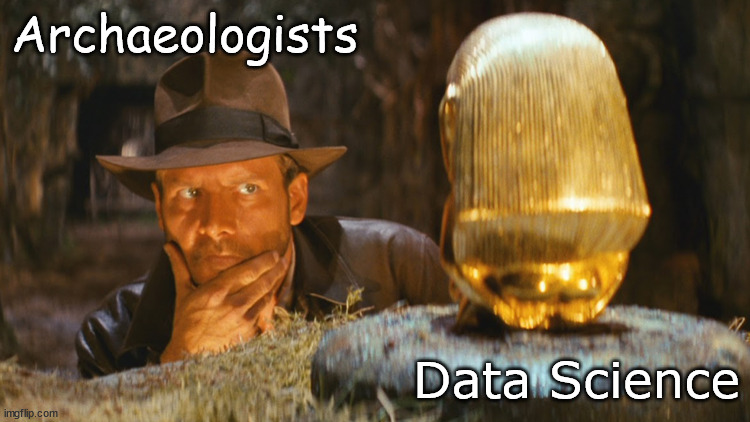
Social Media Discourse Analysis (2021)
Practicum project at GA Tech. My teammate and I applied natural language processing, functional linguistics, and belief network analysis to detect styles of political speech in a sample of social media posts. Using specific parts of speech (i.e., pronouns) as psychometric indicators of discourse style, we extracted linguistic markers for clusivity and affinity to identify agonistic speech acts, conviction of belief, affiliation, and sentiment.
Natural language processing (NLP), functional linguistics, and graph network analysis to evaluate psycholinguistic indicators in political speech. Analyzed collection of 15,000 tweets to learn patterns of sentiment and identify distinct communities of discourse style. Found linguistic markers that consistently identified influence and misinformation campaigns.
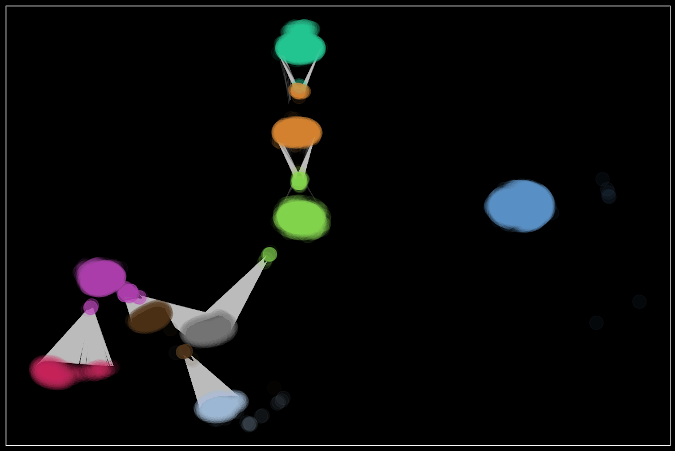
COVID-19 Research Abstract Topic Modeling and Query (2021)
Data and Visual Analytics (DVA) class project at GA Tech. My teammates and I performed topic extraction and modeling of the semantic associations between COVID-19 research abstracts as a searchable knowledge graph. Used a transformer-based NLP topic extraction to form a network of topically related research papers. Communities detected within that graph corresponded to a biclustering of associations that simultaneously describe the similarity between articles and topics, providing conceptually driven semantic search.
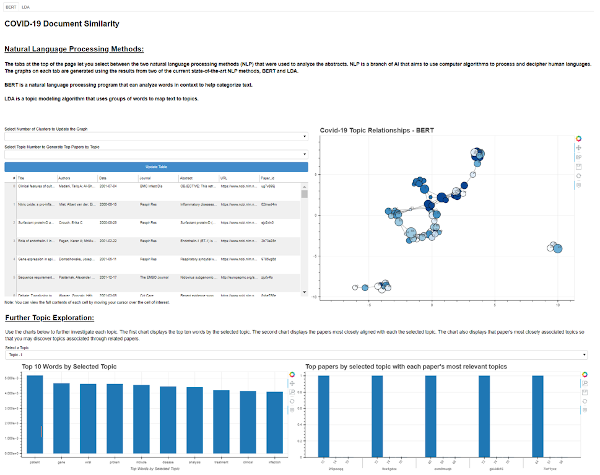
Spatio-temporal assemblage analysis of Fort Edward, New York
Performed spatio-temporal analysis of artifact assemblages by adapting weighted gene co-expression analysis (WGCNA) to the 3D locations of particular diagnostic artifacts in order to reconstruct sequences of deposition across the archaeological excavations.
